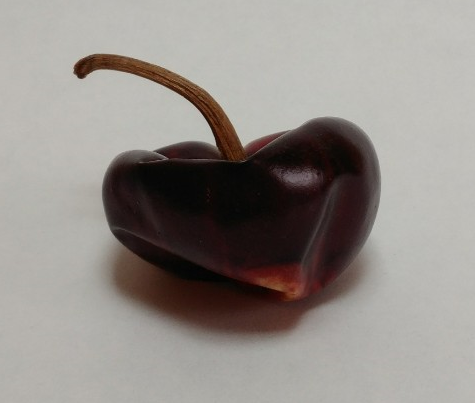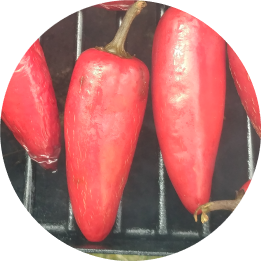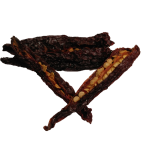
Chilies are a cornerstone ingredient in Mexican cuisine. There’s a vast array of different Mexican chilies, each with distinctive flavour and heat signatures. In this post, I’ll introduce you to some of the main types of dried chilies.

Anywhere one travels throughout Mexico, you find shops that sell chilies by the sackful. This gives a sense of the importance of the humble chili pepper in everyday cooking. The photo above shows some from the collection I picked up this past February in Puerto Vallarta.

Before diving in, a note on spelling. As this post’s title indicates, there’s more than one way to spell it and they’re all correct. In Mexico, the generally used spelling is “chile”. It’s also the name of the South American country which can cause confusion (ironically Chileans – the people – are not lovers of spicy foods). In the US, the spelling “chili” is most common, while in the UK, it’s spelled “chilli”. The plural form of each is “chiles”, “chilies” and “chillies” respectively. In this post, I’ll stick with Webster’s and use the American form “chili/ chilies”.
Chipotle or Morita
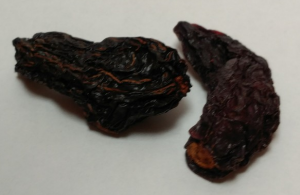
Moritas are more commonly known as chipotles in Canada and the Unites States. They’re ripe jalapeños smoked and dried. They deliver a wonderful combination of sweet and smoke. The heat level varies, but I count them as medium at between 5,000 and 8,000 Scovilles. “Chipotle in adobo” is a sauce made by slowly simmering these whole with onions, tomatoes, vinegar and garlic. It’s the base for my homemade BBQ sauce. The chipotle flavour inspired me to make my own Bluewater Pepper Farm Hot Smokey Chipotle. Ground into powder, this is a spice you can use in so many creative ways.
Arbol

“De arbol” means “of the tree” in Spanish. this little red pepper is fiery hot with a Scoville rating between 30,000 and 50,000. They’re similar in appearance, taste and heat to red Thai chilies. Use sparingly wherever you want a blast of extra heat.
Guajillo
The guajillo chili has a mild to medium heat with a Scoville rating between 2,500 and 5,000. They are used in many dishes, but perhaps the best known is carne adobada. Guajillo peppers are re-hydrated and combined with vinegar, garlic, and other spices and herbs. Ground into a paste, it can be used to marinate and slow cook meat or as a delicious taco sauce.
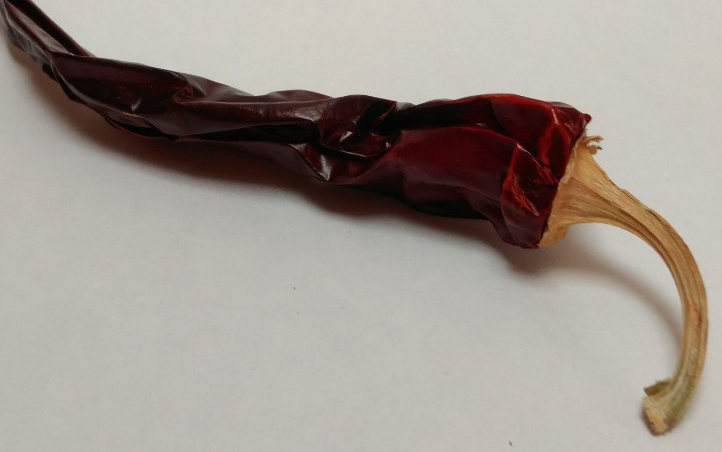
Guajillos are thin-skinned with a fruity flavour. They are the dried form of the Mirasol (looking at the sun) pepper. The name is derived from the way these peppers grow with their tips pointed up to the sky.
Ancho
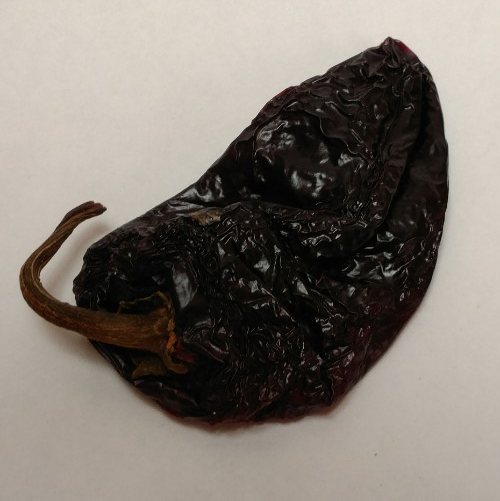
The Ancho chili is one of the most versatile of the Mexican chilies. They are dried from ripe Poblano peppers which are a large heart-shaped green pepper with mild heat and a lovely fruity flavour. Ripening turns them red and they become even sweeter. Anchos are a thick-walled variety and the essential ingredient in the famous Oaxacan molé sauce.
These big peppers are great for stuffing either as Anchos (rehydrated) or in their fresh green Poblano form.
Cascabel
The sound of loose seeds in dried cascabels gives them their nick-name – the “rattle chili”. Cascabels have a distinctive nutty flavour. This thin walled, mild chili is a versatile addition to sauces, soups and stews. I use cascabels as an ingredient in my chili powder. With rating from 1,500 to 2,500 Scovilles, these are mild by comparison with moritas and arbol.
